Last Updated:
October 18, 2025
For many parts of the country, winter means frozen soil, dormant lawns, and minimal maintenance. Here in Arizona, however, the mild winter climate allows for active lawn growth, especially if your yard is overseeded with cool-season grasses like perennial ryegrass.
Winter in Arizona is a crucial time to nurture your lawn and prepare it for a smooth transition into spring. Here are our top lawn care tips to keep your turf strong this winter!
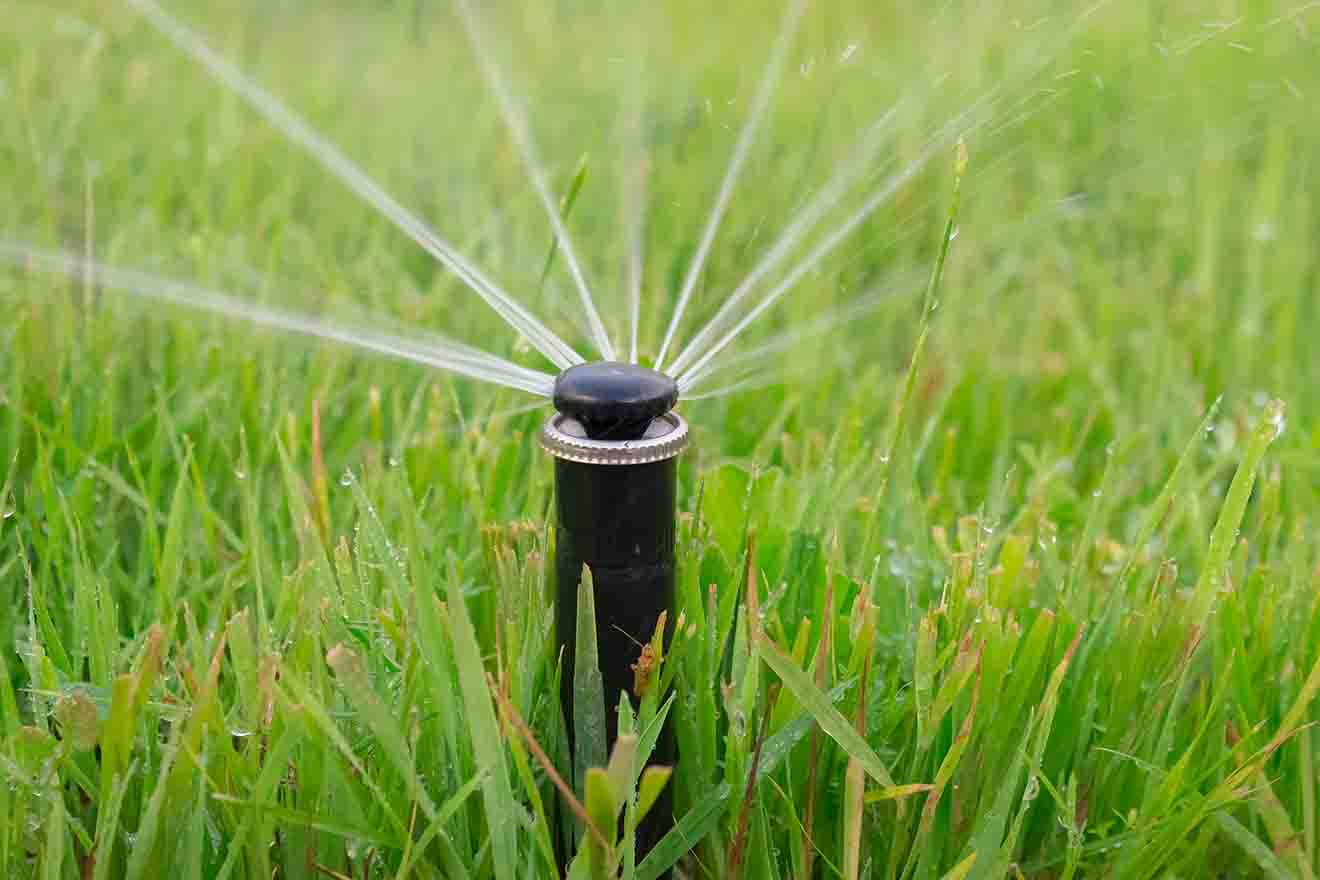
One of the biggest differences between summer and winter lawn care in Arizona is irrigation. During the hot months, frequent watering is essential to combat extreme heat. But when temperatures drop, lawns require far less moisture. Overwatering in winter can lead to shallow root systems, fungal issues, and unnecessary water waste.
Aim to water your lawn less frequently but deeply, ensuring the soil stays moist without becoming soggy. Most winter lawns in Arizona do well with watering about two to three times per week. Morning watering is best, as it allows blades to dry out during the day, reducing disease risk. Keep an eye on rainfall, too—occasional winter rains can reduce or even eliminate the need for supplemental watering.
Winter watering tips for Arizona lawns:

Unlike in northern states, many Arizona lawns stay green and continue growing through the winter, particularly if overseeded with ryegrass. However, growth slows significantly compared to summer. This means you can ease up on your mowing schedule.
Mow your lawn as needed, typically every 10–14 days during the winter months. Keep the mower blades sharp and set the height slightly higher than summer levels to help the grass retain moisture and stay insulated against colder nights. Be sure not to cut more than one-third of the grass blade at a time, as this can stress the lawn and make it more vulnerable to winter damage.

Fertilization in winter requires a slightly different approach in Arizona. Warm-season grasses like bermudagrass naturally go dormant when temperatures cool, but cool-season overseeded lawns continue to grow. To maintain their rich green color and encourage healthy root development, a balanced winter fertilizer is key.
Look for a fertilizer that contains nitrogen, which supports vibrant green growth, but also includes potassium to strengthen the lawn’s tolerance against temperature fluctuations. Fertilizing once in late fall and again in mid-winter can help keep your turf thick, resilient, and well-fed without promoting excessive top growth.
What to look for in a winter lawn fertilizer:
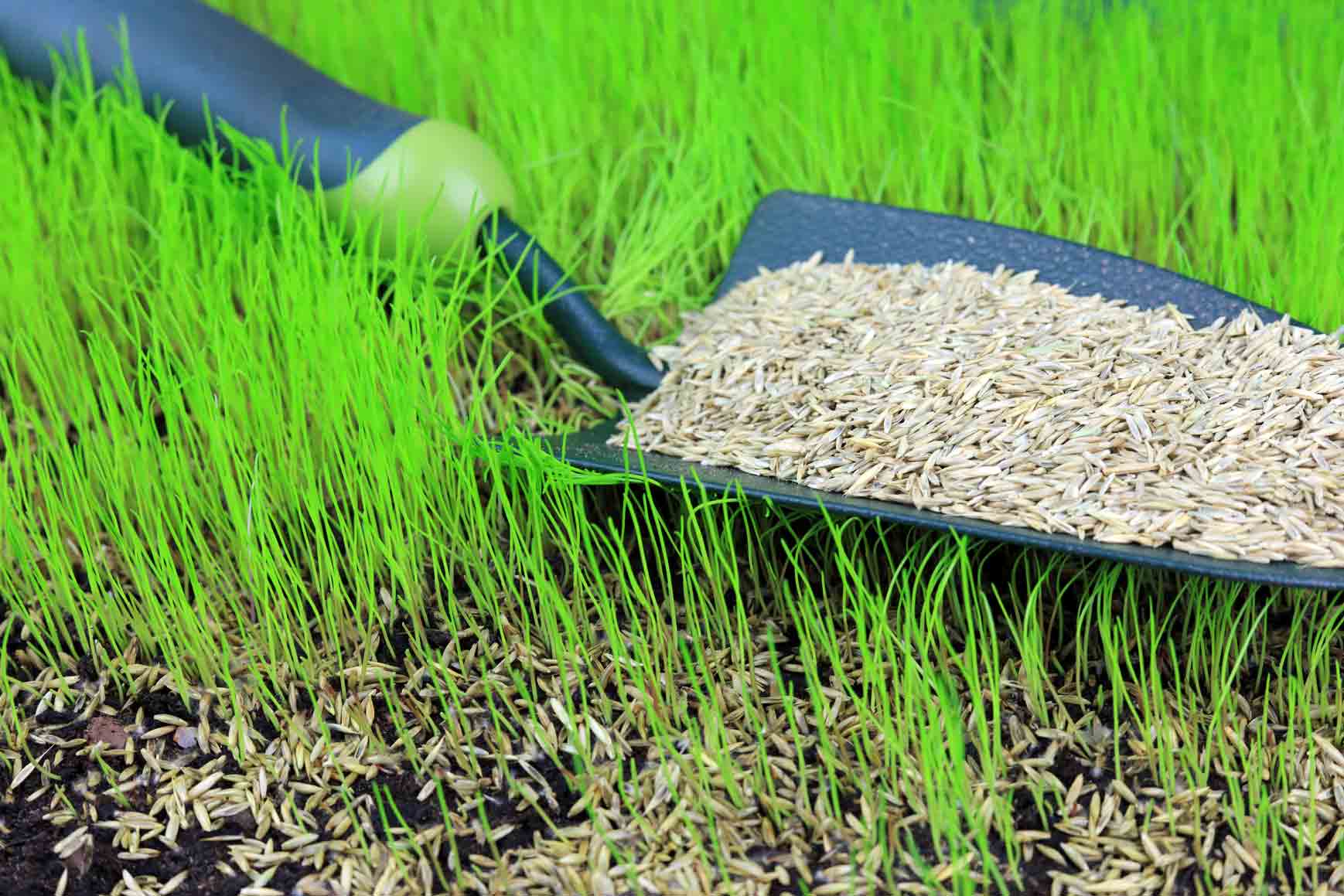
One of the most common winter lawn care practices in Arizona is overseeding warm-season grasses with perennial ryegrass in the fall. Bermudagrass, a popular choice for Arizona lawns, turns brown and goes dormant in cooler temperatures. Overseeding fills in this gap, allowing your lawn to stay lush and green through the winter.
The best time to overseed is typically in late September to early October, when nighttime temperatures are still warm enough for germination. Once established, ryegrass thrives in Arizona’s mild winters with regular watering, light fertilization, and consistent mowing. Come spring, the ryegrass naturally fades out as bermudagrass wakes up again.
Basic overseeding steps for Arizona lawns:
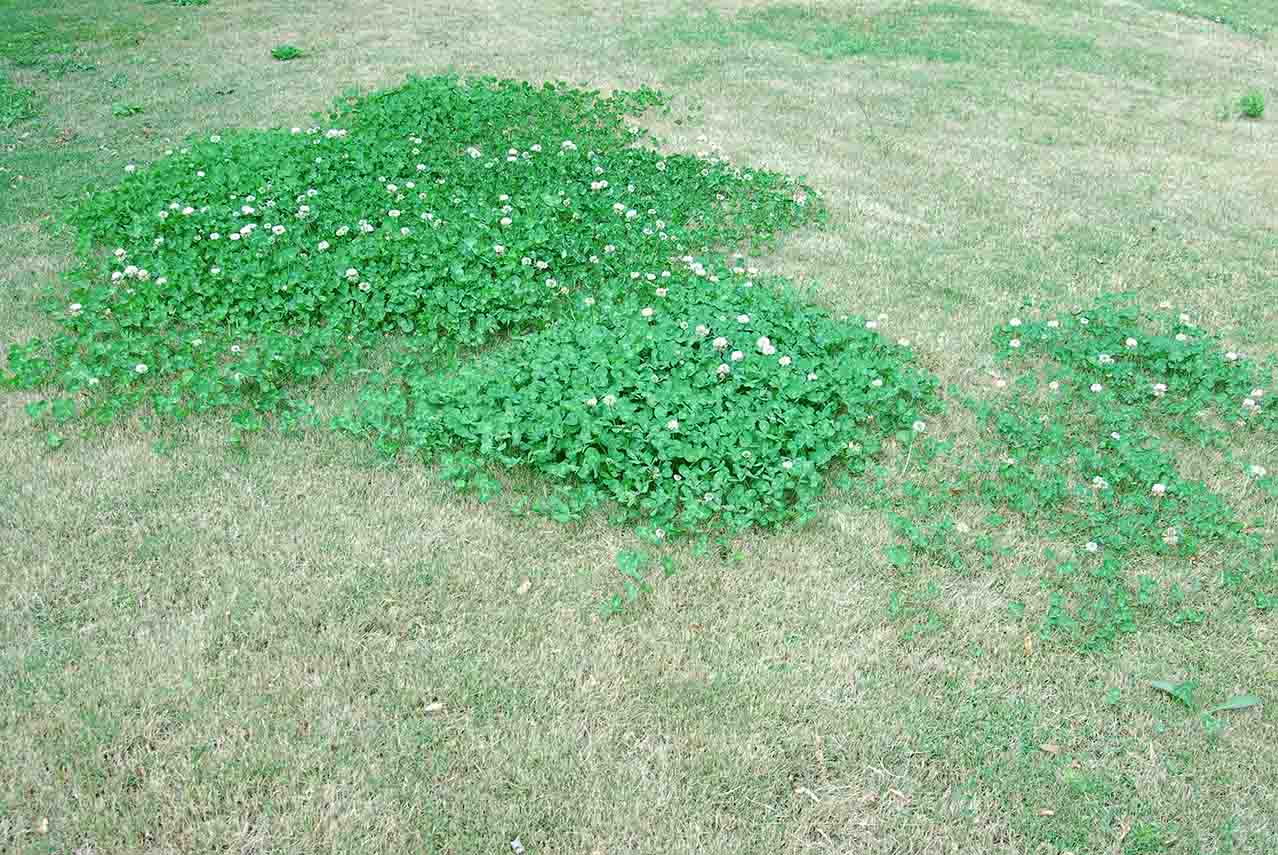
Winter in Arizona is prime time for cool-season weeds like annual bluegrass, spurge, and clover to sneak into your lawn. Because lawns grow more slowly this time of year, weeds can easily outcompete healthy turf if left unchecked.
Applying a pre-emergent herbicide in early fall can help prevent weed seeds from germinating. If weeds are already visible, a selective post-emergent treatment can keep them under control without harming your grass. Staying on top of weeds during winter will save you from dealing with more aggressive infestations in the spring.
Common cool-season weeds in Arizona lawns:
Weed prevention tips:
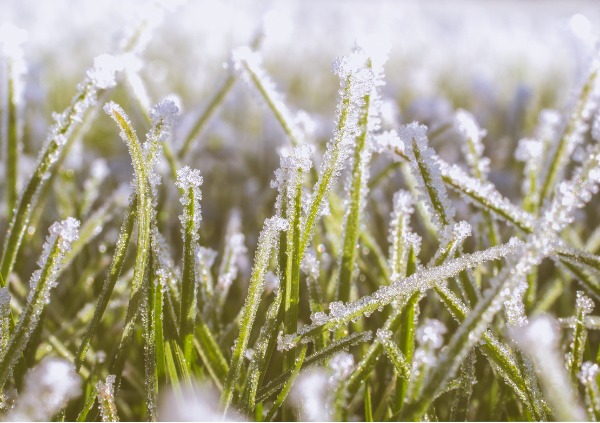
Although Arizona winters are generally mild, overnight frost can still occur, especially in desert regions and at higher elevations. Frost can damage grass blades, leaving behind unsightly brown patches and stunting growth.
To protect your lawn, avoid walking or mowing on frosty grass, as this can break the frozen blades and cause more damage. If frost is in the forecast, light watering the day before can help insulate the soil. Covering sensitive areas with frost cloth or breathable fabric can also provide extra protection on particularly cold nights.
Frost protection strategies:
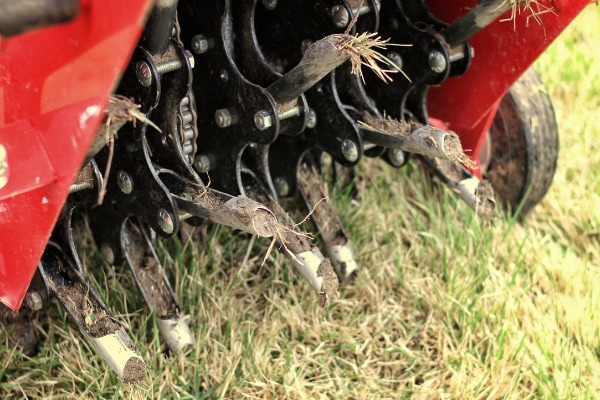
Even in cooler months, soil compaction can limit water and nutrient movement to the roots. Aeration is often overlooked in winter lawn care, but in Arizona’s climate, late fall or early winter can be a great time to loosen the soil if it’s showing signs of compaction.
Core aeration creates small holes in the turf, allowing air, water, and nutrients to reach deeper into the root zone. This not only improves winter lawn health but also sets the stage for stronger growth once warm-season grasses return in spring.

Winter lawn care in Arizona may not require shoveling snow or winterizing sprinklers, but it does involve thoughtful, climate-specific practices to keep your grass healthy and green. To get the most out of your lawn, it is always a good idea to trust professional lawn care providers.
Here at Little John’s, we have the expertise and experience to preserve your lawn through the changing seasons. Call us today for more information on the best lawn care services in Arizona!